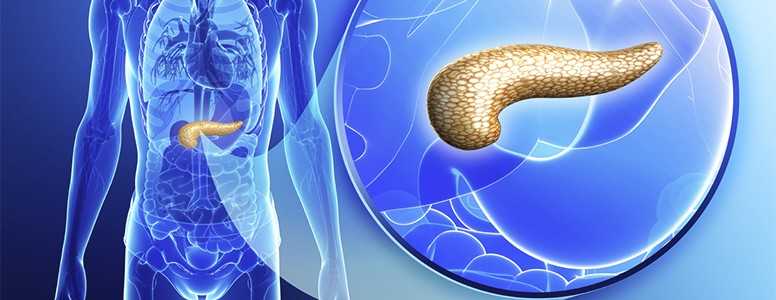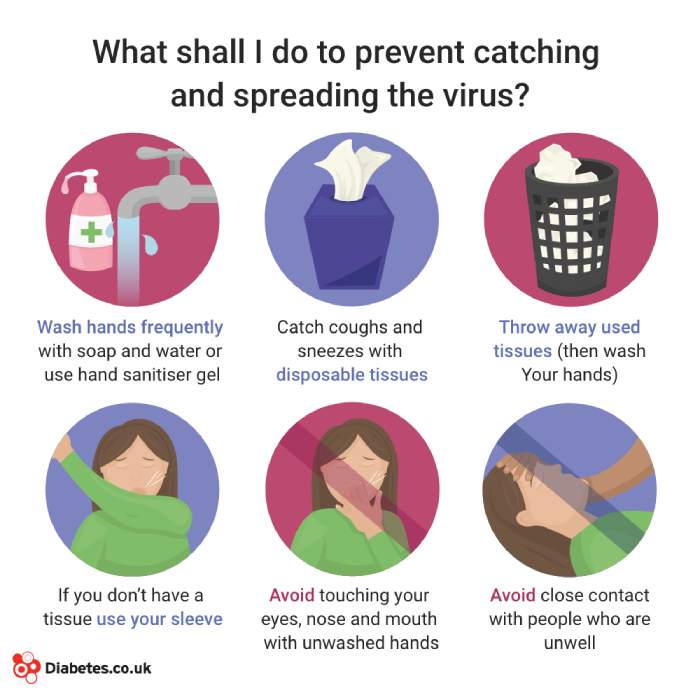Researchers have figured out how to keep samples of the pancreas alive long enough to understand a bit more about how beta cells work.
The US team say this process will help them to gain more of an insight into how the pancreas regenerates in real time and could form the basis of new diabetes treatments.
Lead researcher Dr Juan Domínguez-Bendala, Director of Stem Cell Development for Translational Research and Research Associate Professor of Surgery at the Diabetes Research Institute, University of Miami Miller School of Medicine, said: “The ability to keep human pancreatic slices alive for nearly two weeks is a technical breakthrough that allows us to witness the regeneration of beta cells in a human model that strongly resembles the real pancreas.
“We now have a window into the native human organ that simply wasn’t possible prior to this study.”
Previously, researchers have tried to work with pancreatic samples from donors, but it has always been a struggle to prevent them deteriorating.
Determined to find a way to keep the samples alive, the new model involves using a culture device which enhances the oxygenation of the tissue.
Once they had managed to sustain the sample and keep it alive for longer, they focussed their energies on stem-like progenitor cells. These cells have previously been associated with the pancreas and normally remain intact among people who had type 1 diabetes when alive.
Further investigation found these cells respond to a natural growth factor called BMP-7 which seem to increase insulin-producing beta cells.
Professor Ricardo Pastori, Research Professor of Medicine, Immunology, and Microbiology and the Director of the Molecular Biology Laboratory at the Diabetes Research Institute, University of Miami Miller School of Medicine, said: “Extending the life of these slices in culture was key to observe beta cell regeneration in real time following the addition of BMP-7, even in slices obtained from diabetic donors. This gives us hope that we may be able to apply this approach to living patients one day.”
The study findings have been published in the Nature Communications journal.






